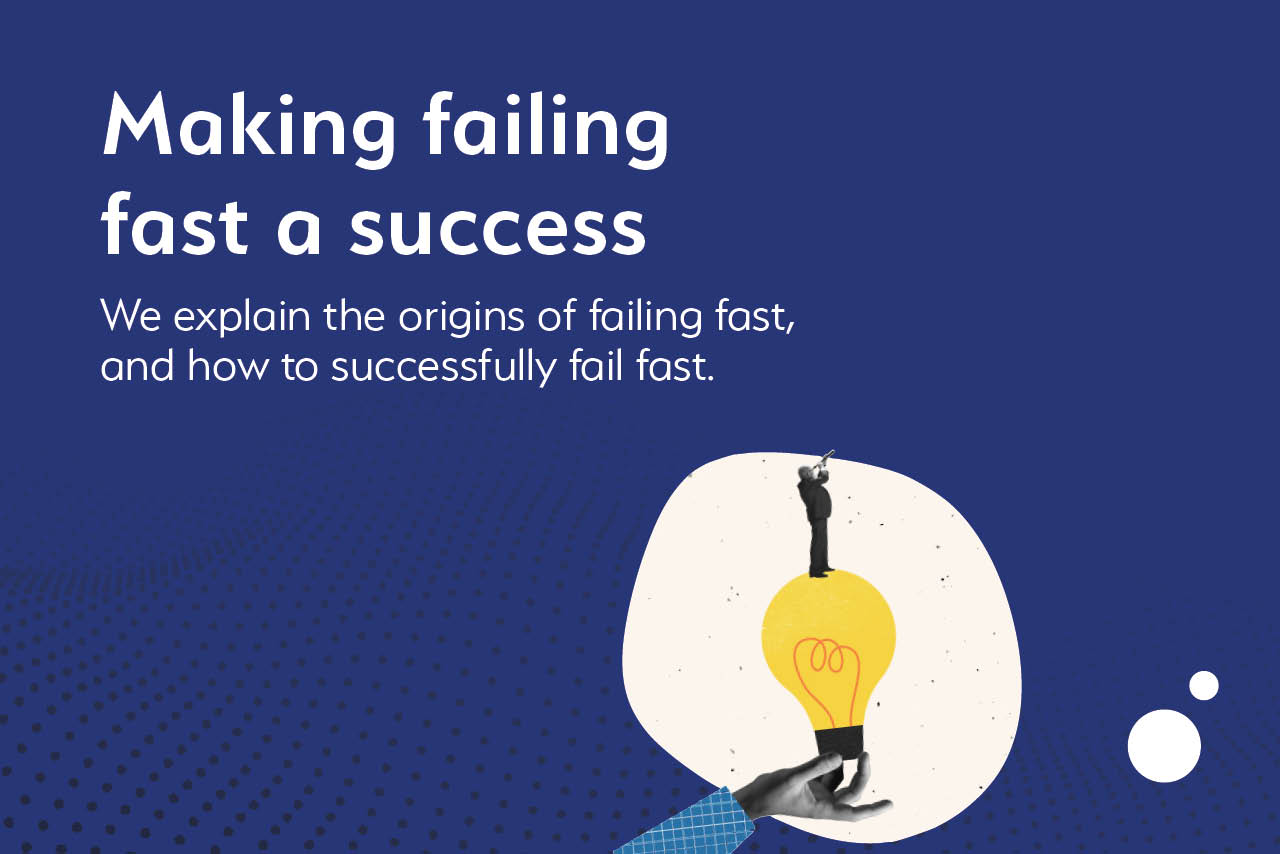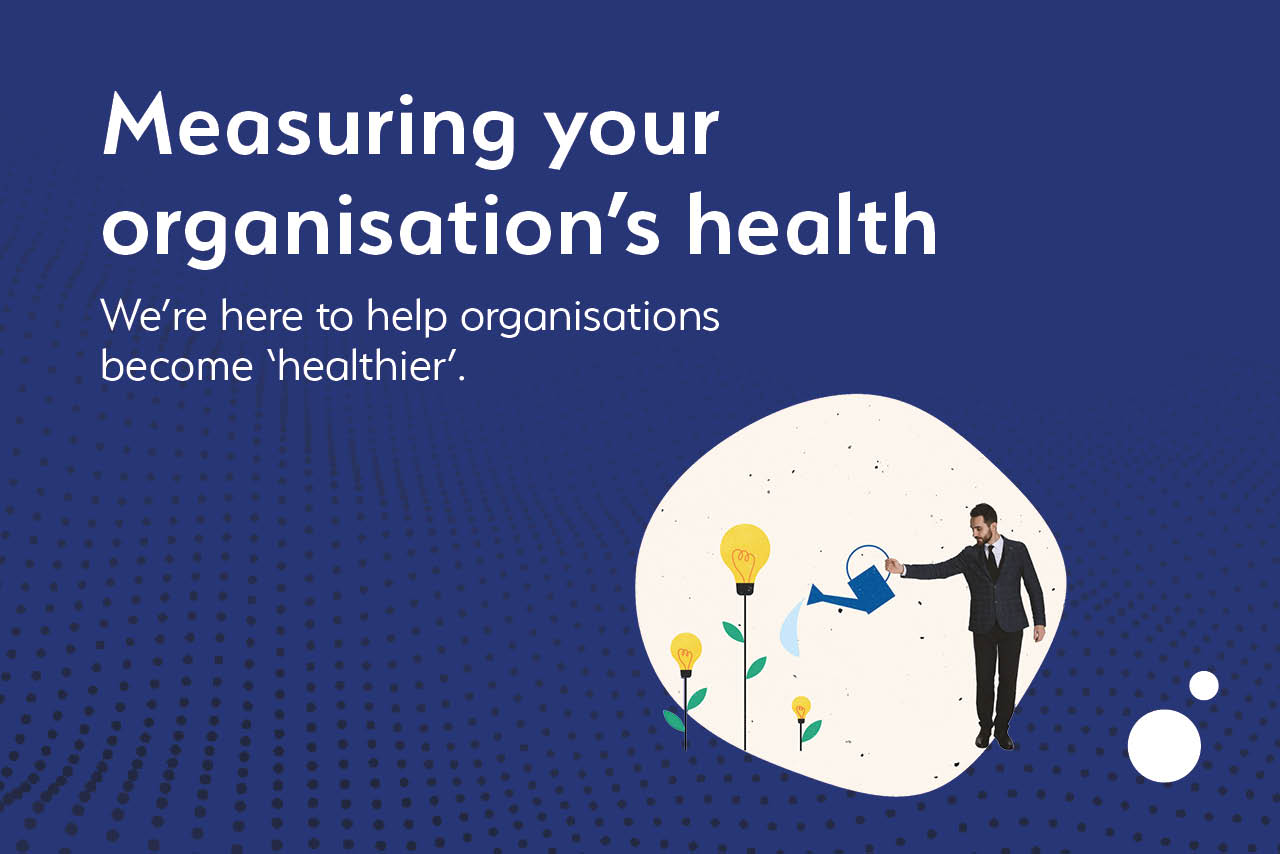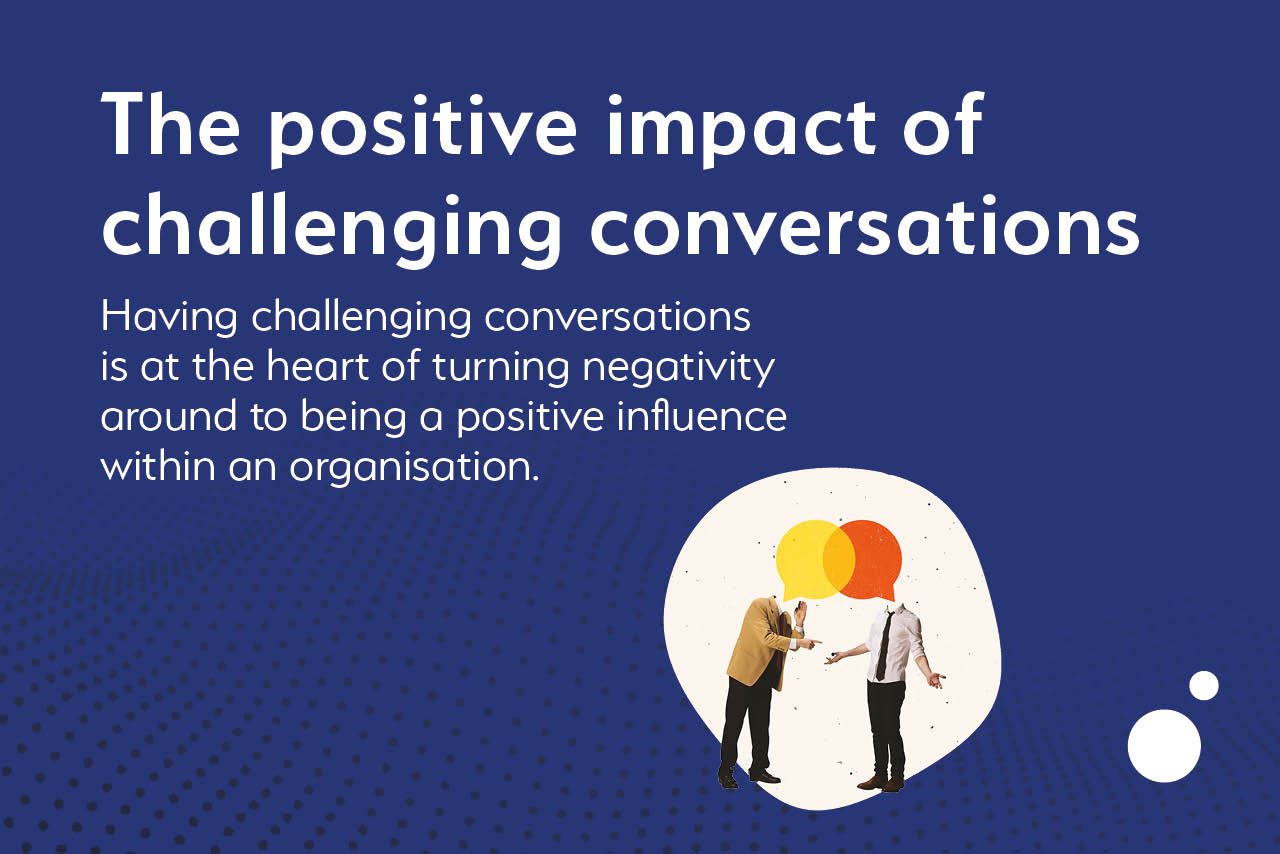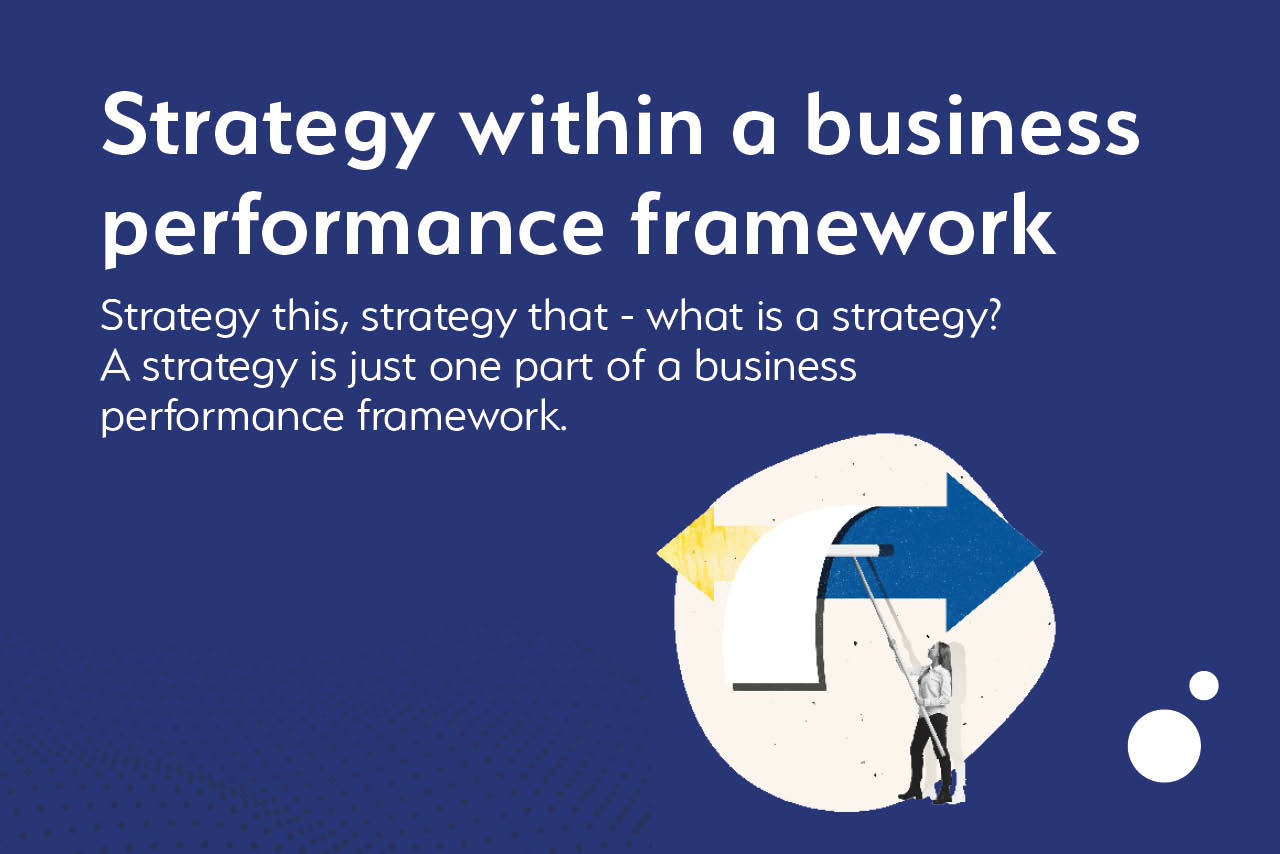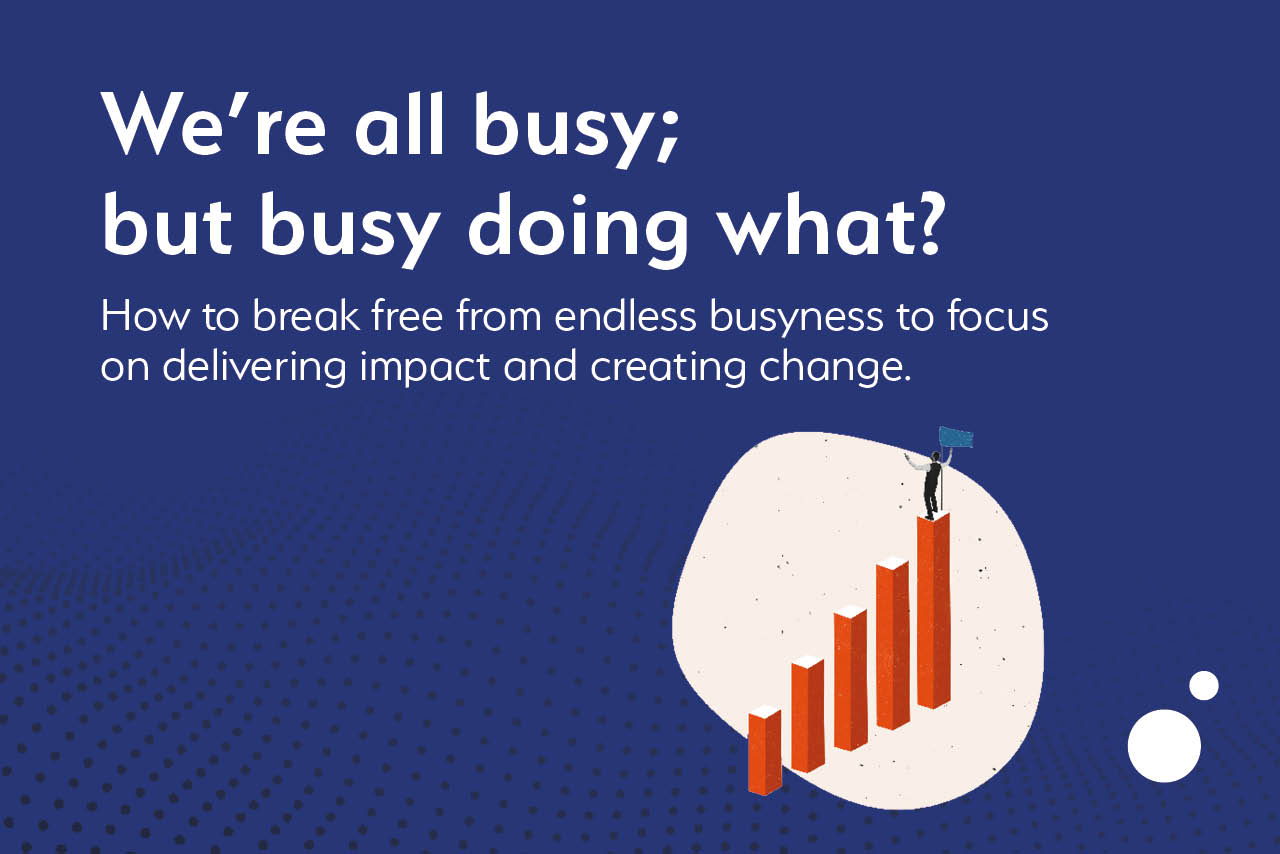How to successfully fail fast
By Steve Walsh, Head of Jumping
Failing fast has become a stand-alone buzz-phrase through industries, rather than words that mean something.
And that’s all it is – a costly buzz-phrase – if you don’t know how to truly apply failing fast principles.
What failing fast isn’t
Failing fast is not:
- Making impulse decisions
- Spending bucket loads of money
- And having no real idea of why something succeeded or failed
That process is sure to be a failure, and it’ll certainly be fast.
But in no way, shape or form will it be a success.
What failing fast is
The origin of failing fast is in lean start-up methodology, a concept we hold close in our work at Jumpthink.
Lean start-up methodology stands on the build-measure-learn cycle.
Build: A minimal viable product (MVP) is built/created to test a clear hypothesis
Measure: The MVP is built in a way that gains feedback on specific elements against the hypothesis.
Learn: Feedback acts as a series of validated learnings, and the hypothesis is accepted or rejected.
Those learnings then inform iterations and pivots, for the second cycle to commence.
The process then continues, at pace, ultimately to either a successful iteration, or a shutting down of the idea because it was proved to not have value.
Going through these cycles quickly, cheaply and continuously iterating improvements, is what’s meant by failing fast.
And that’s what makes failing fast a success.
Jumpthink as a minimal viable product
We’ve used the build-measure-learn cycle to create and develop Jumpthink as a business.
Jumpthink started life as a brochure, which was distributed to industry contacts to get their feedback.
We used the feedback to pivot and make informed decisions to successfully establish the business and grow.
For instance, we originally planned for our leadership programme to be a complete journey. But that was then changed to a modular course, using the insight we received.
And our offering is expanding under the same principles.
Take our female leadership programme, as an example.
That came from seeing a gap in the market, getting feedback from female professionals, and understanding how we can use our expertise to fill that gap with a dedicated, tailored programme.
Feedback fast
Failing fast, when done right, is more a case of feedback fast.
Because fast failures only lead to success if you gain clear feedback to inform new iterations.
Without critically testing a starting hypothesis, and generating measurable feedback, the process is worthless.
Next time you’re working on a product, service or operations; think to yourself:
What feedback am I looking for? And what would make failing fast, contribute to success?
